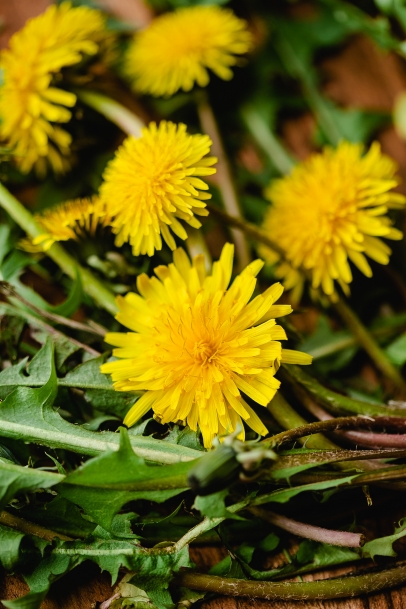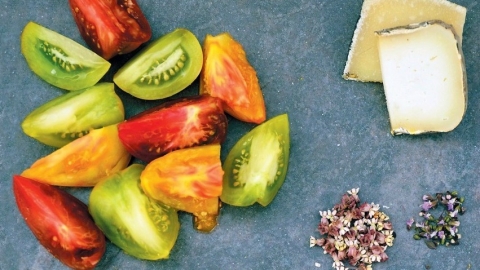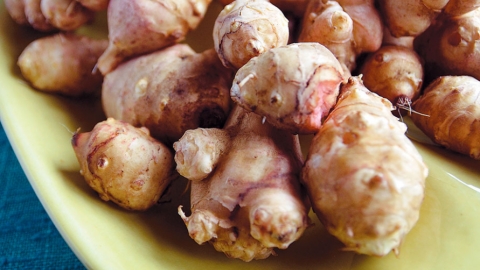Dandelions
Some of my oldest memories are filled with dandelions: my bare feet delighting in the warm grass between my toes; my arms full of blooms. I would rub the bright yellow petals over my arms and face, letting the fresh pollen stain my skin. An initiation of sorts, beckoning spring and summer to wash over me the only way my tiny brain knew how. Now my own children bring them to me by the handful, and I proudly paint their skin yellow the same way I did years ago, remembering my childhood as it is intertwined with theirs.
Many people in the Midwest despise these “weeds” that overtake their lawns, but dandelions are widely misunderstood. Native to Eurasia, they have been a critical part of traditional Chinese medicine for over a thousand years and a source of nutrition for just as long. They are rich in vitamins A, C and K as well as iron, magnesium, calcium and a host of other key nutrients. Historians believe the common dandelion was introduced by European settlers—presumably aware of their high nutritional value—in the 17th century.
Every part and almost every stage of the dandelion is edible, from the roots all the way up to the small buds that burst forth as edible yellow blooms. They have been used for jellies, wine, baked goods, teas, tinctures, salads, medicine and more. Instead of reaching for harsh chemicals to rid your property of these nutritious plants, consider harvesting them for the dinner table.
Selecting:
When you harvest any part of the dandelion plant, ensure the area has not been treated with herbicides or pesticides. Steer clear of areas that dogs frequent, as well. Once the dandelion blooms go to seed, the flowerheads are no longer edible. Dandelion roots can be dug up, washed and dried to use in tea or tinctures. Roots are most commonly harvested in the fall. Select large, healthy plants for the best chance at finding usable roots. You can find dried dandelion root or dandelion root tea at specialty stores or online. The caper-size bud that forms before the stems shoot up can be harvested and used to make capers or other recipes. Once the buds have bloomed, you can harvest the whole flower heads and use them to make wine, baked goods and more. Select flower heads that are fully open with no blackening or wilted petals. The bitter greens surrounding the flowers can be harvested and used like any other edible green. Some grocery stores carry the greens year-round.
Storing:
Fresh dandelion roots should be used the day they are harvested. Dried dandelion root will keep for about a year in a dark, cool place. Dandelion buds, flower heads and leaves will keep, covered in the refrigerator for 2 to 3 days. Make sure to shake away debris or bugs before storing.
Ashley Swartzendruber is Edible Michiana’s recipe editor, stylist and photographer based in Goshen, Indiana. She can be found cooking, eating and photographing local food in her home or exploring Michiana with her family. You can find more of her photos, styling and motherhood musings on her Instagram @mywildhaven.







